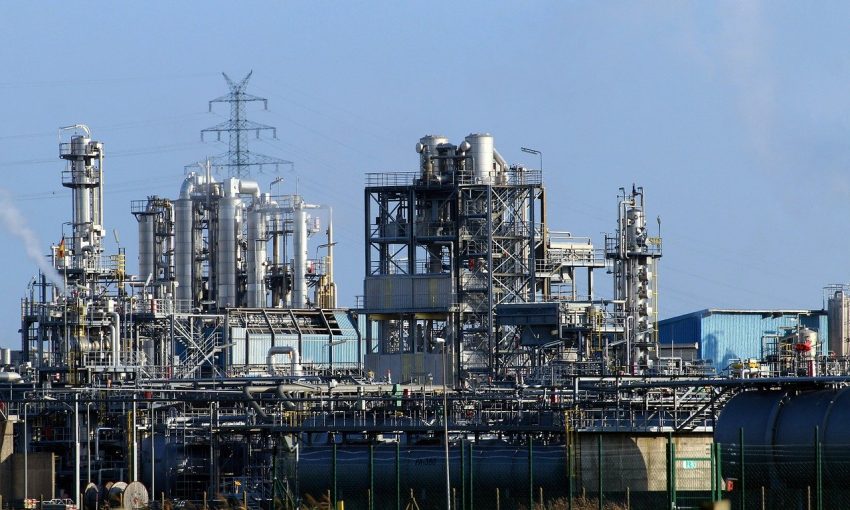The Filtration Market is experiencing unprecedented momentum as environmental regulations tighten, and industries scramble to meet sustainability benchmarks that were optional just years ago.
According to the latest Filtration Market Report by MarketsandMarkets, the global industrial filtration market is forecast to reach USD 47.1 billion by 2029 from an estimated USD 37.1 billion in 2024, representing a compound annual growth rate (CAGR) of 4.9% during the forecast period. This remarkable expansion signals a fundamental shift in how industries approach contamination control, worker safety, and environmental stewardship.
But what’s driving this billion-dollar transformation, and why should industry professionals pay attention now? The answer lies in three converging forces reshaping the Filtration Industry landscape.
The Environmental Imperative Fueling Market Expansion
The Filtration Market is no longer just about maintaining equipment longevity or preventing pipeline clogs. Today’s filtration systems have become critical infrastructure for compliance, sustainability, and operational excellence. Changes in concerns evoked by environmental sustainability are increasingly becoming the primary catalyst pushing the Filtration Industry toward rapid innovation and adoption.
Manufacturers across sectors from pharmaceuticals to power generation, oil and gas to metals and mining face mounting pressure to reduce emissions, eliminate suspended solids from discharge streams, and protect worker health. Industrial filtration systems now serve as the frontline defense against regulatory penalties while simultaneously extending machine service life and preventing costly downtime due to failures.
Technology Innovation Meets Market Demand
The Filtration Market Report reveals that both liquid and air filtration technologies are experiencing significant advancement. Filter media innovation has emerged as a critical competitive differentiator. Companies are investing heavily in developing next-generation filtration solutions that balance efficiency, cost-effectiveness, and sustainability.
Key stakeholders driving this transformation include industrial filter manufacturers, filtration technology providers, chemical and pharmaceutical companies, power generation operators, and mining enterprises. These players are collaborating with government and research organizations to develop filtration systems that meet increasingly stringent standards while maintaining economic viability.
Regional Growth Patterns and Industry Adoption
The Filtration Industry is witnessing varied growth trajectories across major global regions. North America, Europe, Asia Pacific, South America, and the Middle East & Africa each present unique opportunities shaped by local regulatory frameworks, industrialization rates, and environmental priorities.
Asia Pacific stands out as a high-growth region fueled by rapid manufacturing expansion and increasing awareness of workplace health and safety. Meanwhile, established markets in North America and Europe continue to invest in retrofitting existing facilities with advanced filtration technologies to meet evolving emission standards.
Why This Matters for Industry Decision-Makers
For executives, procurement managers, and operations leaders, the implications are clear: filtration is transitioning from a maintenance line item to a strategic investment. Companies that proactively upgrade their filtration infrastructure position themselves to:
- Avoid regulatory compliance risks and associated penalties
- Reduce operational downtime and maintenance costs
- Enhance worker safety and environmental performance
- Improve overall equipment effectiveness and production quality
- Demonstrate corporate sustainability commitments to stakeholders
The competitive landscape is intensifying as established filtration manufacturers and emerging technology providers compete through sales contracts, agreements, investments, expansions, new product launches, mergers, partnerships, and acquisitions.
Looking Ahead: Market Opportunities and Strategic Imperatives
The nearly $10 billion market expansion expected through 2029 creates significant opportunities for both suppliers and end users. Raw material suppliers, distributors, and filtration associations are positioning themselves to capture market share in this growing sector.
For organizations seeking comprehensive insights into market segmentation by type, product, filter media, and end-user industry, the complete Filtration Market Report from MarketsandMarkets provides detailed forecasts, competitive intelligence, and strategic analysis across all key segments and subsegments.
The research methodology behind these projections combines extensive secondary research with primary interviews of chief executive officers, vice presidents, mechanical design engineers, senior R&D engineers, and sales executives across the Filtration Industry value chain. This rigorous approach ensures stakeholders receive validated market intelligence for strategic planning.
The Bottom Line
As the Filtration Market accelerates toward its projected $47.1 billion valuation by 2029, one thing becomes abundantly clear: filtration is no longer optional. It’s the operational backbone enabling industries to navigate increasingly complex environmental, regulatory, and competitive landscapes.
Organizations that view filtration as strategic infrastructure rather than commodity equipment will be best positioned to capitalize on this market transformation. The question isn’t whether to invest in advanced filtration it’s how quickly to act before regulatory requirements or competitive disadvantages force costly reactive measures.
For complete market forecasts, company deep dives, and exclusive segment analysis, visit the full Industrial Filtration Market Report from MarketsandMarkets for comprehensive insights into this rapidly evolving industry.

